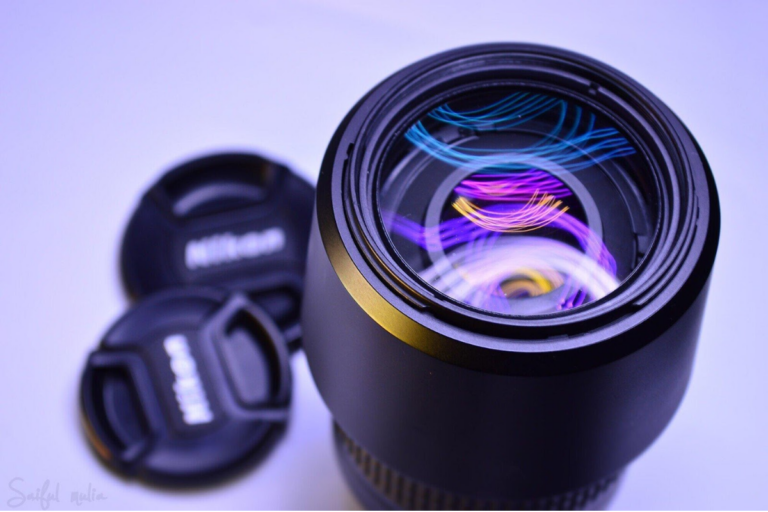One of the new back pain treatment options is Radiofrequency Ablation, otherwise called RFA in short. The procedure is performed under local anesthetic and mild sedatives. Just like other spinal injections, this procedure is most suitable under live X-ray for proper guidance to properly target and place the needle, thereby avoiding injury to the nerve or tissues. Let us look at what it entails.
The Need for the Procedure
This procedure gives you long term pain relief as compared to the use of simple nerve blocks or injections. Consider this injection if you have previously used simple injections such as the epidural steroid injection. The aim is to selectively destroy nerves that are carrying the pain impulses, which in turn denervates the pain structure and reduces or eliminates the pain for any period from a few months to a year.
The Procedure
The anesthetist uses an IV line to deliver sedation. Your lower back is cleaned and uses an anesthetic to numb a small area of the skin. Using X-ray technology, the physician guides the needle along the necessary nerves. The physician confirms whether the needle is at a safe distance from your nerves. The physician then uses an electric current to minimize the pain while the physician creates a lesion.
The physician then uses radiofrequency signals to stimulate the tip of the needle, subsequently creating a heat lesion at the tip of the nerve to stimulate the nerve endings such that they don’t send any pain signals. The physician repeats this procedure for other nerves that are affected.
This procedure offers relief to patients suffering from back pain whose pathology isn’t known, such as fractures, tumors, and infection.
This procedure isn’t any more painful as compared to any other injection performed for pain management. The sedation takes care of this.
How do you prepare for this procedure? On the day of the treatment, make sure you haven’t had anything to eat or drink at least 8 hours before the procedure. Additionally, have someone to drive you home after the injection.
What Type of Pain is This Procedure Indicated for?
This procedure is ideal for a wide range of chronic pain conditions. These include spondylosis, post-surgical pain, nerve entrapment syndromes and other spinal conditions.
Conclusion
Newer treatment strategies are available for treating back pain. One of the top procedures is radiofrequency ablation, which treats chronic back pain. It helps relieve pain for a few months to a year, making it ideal for long term relief.






























